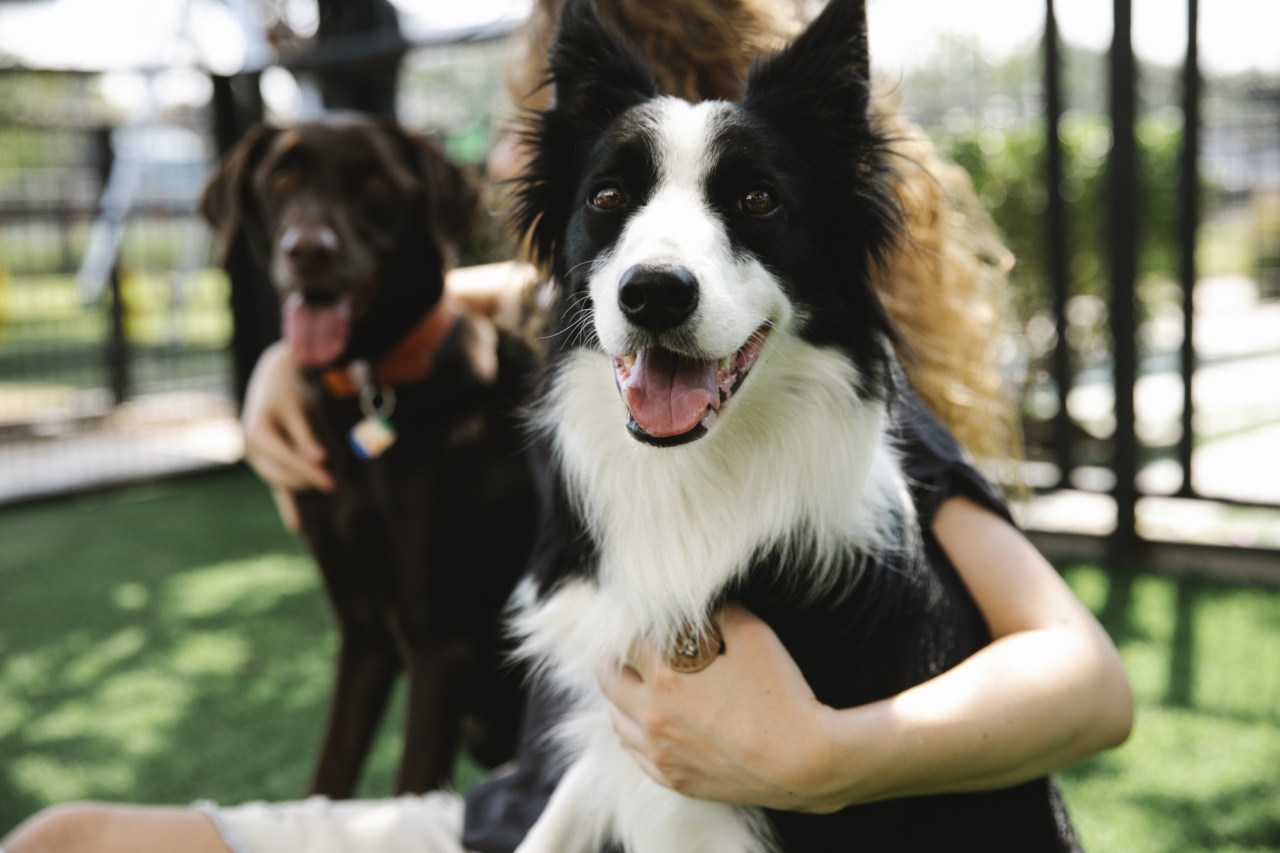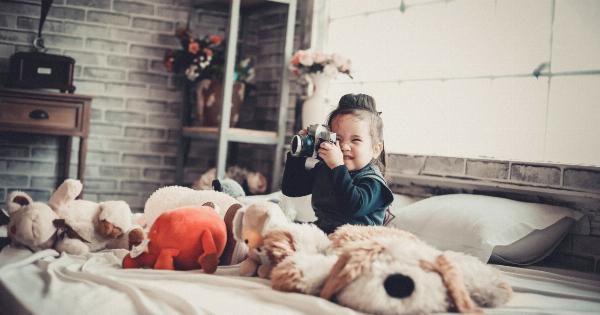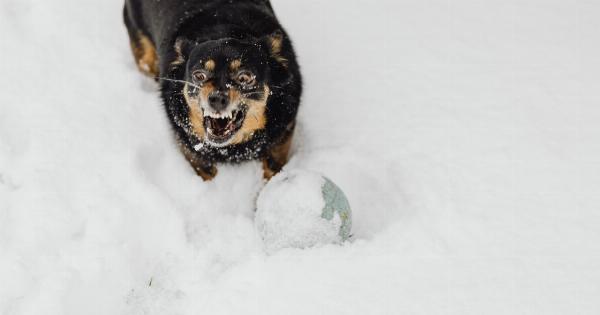As pet owners, we often find ourselves showering our furry friends with love and affection. Dogs, being pack animals, thrive on the close bond they share with their owners.
While dogs are known for their loyalty and ability to form strong attachments, it is not uncommon for them to feel left out and jealous when attention is directed towards someone else. In this article, we will explore the reasons behind this behavior and discuss ways to make sure our dogs feel included and loved.
Understanding dogs’ emotional needs
Dogs, like humans, have emotional needs that need to be fulfilled for them to live happy and balanced lives. They crave attention, affection, and a sense of belonging.
When owners display affection towards someone else, whether it’s another person or another pet, it can trigger feelings of jealousy and exclusion in dogs.
It’s important to remember that dogs do not possess the same cognitive abilities as humans, and they perceive the world differently.
While they may not understand the concept of love and affection in the same way we do, they can sense when attention is being diverted away from them.
Signs that your dog may be feeling left out
Dogs express their emotions through various behaviors and body language. Here are some signs that your dog may be feeling left out when you show affection to others:.
1. Avoidance behavior
When your dog feels left out, they may choose to distance themselves from you or the person receiving your affection. They might retreat to another room or act disinterested in what is happening around them.
2. Excessive whining or barking
Some dogs may resort to vocalizing their feelings of neglect by whining or barking persistently. This can be their way of seeking attention or expressing their frustration.
3. Destructive behavior
Feeling left out can trigger anxiety in dogs, leading to destructive behavior such as chewing on furniture, shoes, or other household items. This behavior serves as a coping mechanism for their emotional distress.
4. Neediness and clinginess
Dogs who feel left out may become excessively clingy and demand constant attention. They may follow you around the house, constantly seeking reassurance and affection.
Reasons behind dogs feeling left out
It’s essential to understand the reasons why dogs may feel left out when their owners show affection to others. By recognizing these factors, we can take steps to alleviate our dogs’ feelings of exclusion.
1. Lack of engagement
If your dog feels neglected or ignored in general, they are more likely to feel left out when you show affection to others. Dogs thrive on engagement and interaction, so it is crucial to dedicate quality time to them regularly.
2. Changes in routine
Dogs are creatures of habit, and any significant changes in their daily routine can cause distress.
Changes such as bringing a new pet into the household or having a new baby can disrupt their sense of security, leading to feelings of jealousy and being left out.
3. Previous experiences
Dogs have memories, and past experiences can shape their behavior and emotional responses. If your dog has previously felt left out or neglected, they may be more prone to experiencing these feelings again.
4. Territorial behavior
Dogs are naturally territorial, and they can view affection towards others as a threat to their territory or position in the family pack. This territorial behavior may lead to jealousy and feelings of being left out.
Ways to help your dog feel included
Fortunately, there are several strategies you can employ to ensure your dog feels loved, cherished, and included when you show affection to others:.
1. Maintain a consistent routine
Establishing and sticking to a consistent daily routine can provide your dog with a sense of security and predictability. This routine should involve regular exercise, feeding times, and designated play and bonding time with your furry friend.
2. Practice inclusivity
When interacting with other people or pets, make an effort to involve your dog in the activities. Encourage others to interact and show affection to your dog, reinforcing the message that they are a valued member of the family.
3. Provide individual attention
Devote one-on-one time with your dog each day. Engage in activities that they enjoy, such as going for walks, playing fetch, or simply cuddling on the couch. This dedicated time will make them feel special and loved.
4. Positive reinforcement
Reward your dog for displaying positive behavior and appropriately expressing their emotions. Use treats, toys, and praise to reinforce their sense of belonging when you show affection to others.
This will help them associate positive experiences with the presence of others.
5. Avoid favoritism
Avoid playing favorites or showing preferential treatment towards certain family members or pets. Treat all members of the household equally, ensuring that your dog feels included and loved by everyone.
6. Consult a professional
If your dog’s feelings of being left out persist or escalate, it may be beneficial to seek guidance from a professional dog trainer or behaviorist.
They can help identify underlying issues and provide tailored solutions to improve your dog’s emotional well-being.
In conclusion
It is normal for dogs to feel left out when their owners show affection to others. Dogs have emotional needs and perceive the world differently than humans.
By understanding their emotional needs, recognizing the signs of feeling left out, and taking steps to make them feel included, we can ensure that our dogs live happy and fulfilling lives as important members of our families.






























